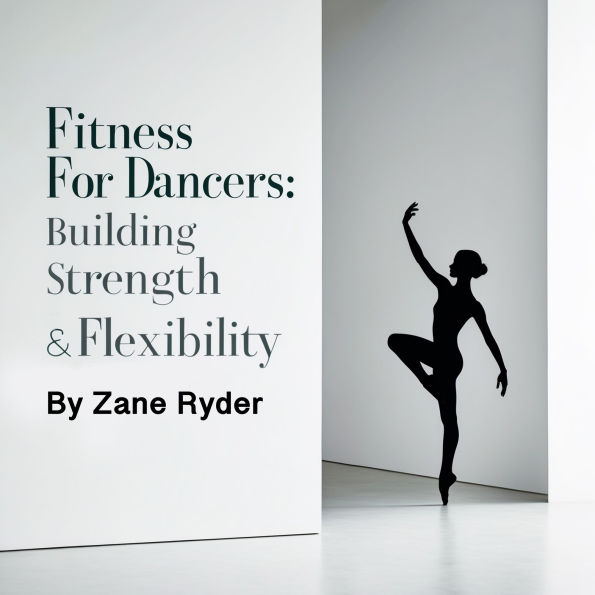Understanding the dancer's body is fundamental to achieving both peak performance and long-term physical health. A dancer's body is an intricate system, requiring a blend of strength, flexibility, balance, and endurance. Recognizing how these components work together is the first step toward unlocking potential and preventing injuries.
Anatomy plays a vital role in dance. Knowing the basic functions of muscles, joints, and bones can help dancers identify how their movements are executed. For instance, the core muscles provide stability and support, allowing for controlled motions and preventing strain on the back. Similarly, understanding the alignment of the spine and the role of the pelvic muscles can enhance posture, a critical aspect of nearly all dance forms.
Equally important is recognizing the challenges unique to dancers. Repetitive movements, high-impact landings, and the intense physical demands of practice and performance can lead to overuse injuries if not managed carefully. Awareness of common issues such as shin splints, tendonitis, and ligament sprains empowers dancers to address them proactively.
Understanding the dancer's body is fundamental to achieving both peak performance and long-term physical health. A dancer's body is an intricate system, requiring a blend of strength, flexibility, balance, and endurance. Recognizing how these components work together is the first step toward unlocking potential and preventing injuries.
Anatomy plays a vital role in dance. Knowing the basic functions of muscles, joints, and bones can help dancers identify how their movements are executed. For instance, the core muscles provide stability and support, allowing for controlled motions and preventing strain on the back. Similarly, understanding the alignment of the spine and the role of the pelvic muscles can enhance posture, a critical aspect of nearly all dance forms.
Equally important is recognizing the challenges unique to dancers. Repetitive movements, high-impact landings, and the intense physical demands of practice and performance can lead to overuse injuries if not managed carefully. Awareness of common issues such as shin splints, tendonitis, and ligament sprains empowers dancers to address them proactively.

Fitness for Dancers: Building Strength and Flexibility

Fitness for Dancers: Building Strength and Flexibility
FREE
with a B&N Audiobooks Subscription

Product Details
| BN ID: | 2940194592685 |
|---|---|
| Publisher: | Alfson Pubber LLC |
| Publication date: | 01/18/2025 |
| Edition description: | Unabridged |
Videos

